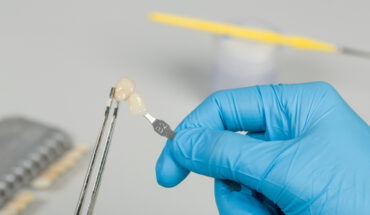A BlockChain is a tool as powerful as it is effective, and it is probably the closest way, known in the last decades, that we will have to protect and decentralize the management of clinical information.
Distinctive features
What really differentiates Bitcoin from the conventional system is its implementation. Through this cryptocurrency, the record of all transactions that ever took place is publicly shared: this means that anyone, from anywhere in the world, could make a copy of this global record.
The first is that the control of the system is not centralized in a single entity, which has a hegemonic domain of all the information, validating or rejecting transactions, according to a regime of rules.
But what exactly is the BlockChain?
It turns out that BlockChain is the technology behind the concept of cryptocurrency. Bitcoin is based on the encryption and decentralization proposed by BlockChain. If Satoshi Nakamoto (https://bitcoin.org/bitcoin.pdf), as its creator calls himself, had foreseen that he was opening the path of knowledge for the next step in clinical virtual transactions, maybe the cryptocurrency would not be crypto -Moneda but health-o-currency. Now you can check with your dentist or orthodontist about payment terms in a bitcoin transaction.
The BlockChain corresponds to a database, which is decentralized and can be eventually distributed, made up of blockchains, specially designed to avoid their modification, and whose objective is the publication of structured data in a reliable time interval, and that is linked to a previous or later block of the chain. For this reason, this structure is especially suitable for storing data sequentially over time and protects the information from being modified or altered. This structure has three differential aspects:
Greater customer acquisition
Bitcoin will allow you to expand the reach of the dental clinic. It has no borders and can be sent anywhere at any time. Over the years, people have found that making payments with bitcoin is a good way to save time and money. Instead of having to go through multiple intermediaries, bitcoin allows people to send money directly. Bitcoin bypasses all kinds of intermediaries and barriers that normal payments normally require, especially if you are going to make a payment abroad.
- You can store the data by replicating the information from the blockchain.
- It transmits information through peer data networks. That is, information is not shared in a single way.
- It allows verifying the data through a consensus process between the participating nodes of the chain.
- It is common to call the flow of data transactions because its main application to date is transactions.
What are the benefits of the use of BlockChain in the health sector?
The overall vision of BlockChain is to create a common database of medical information that doctors and providers can access regardless of the electronic system they use, with greater security and privacy. A decentralized system would imply less administration time, so there would be more time to dedicate to patient care and, even better, share the results of the research in order to contribute to knowledge.
Some likely applications of the BlockChain in the dental sector can be listed in medical data management. It can improve electronic medical records and allow secure access of patient records to any provider that needs it. The records are distributed among many different facilities and providers. There is also medical research.
You can be promoting to the finance industry with SEO and digital marketing services.
Finally, with the growth of connected devices and the so-called Internet of Medical Things (IoMT), the existing health information technology architecture is struggling to keep systems secure. The solutions that BlockChain has to offer as a new data exchange infrastructure facilitates the application of Big Data in the use of clinical data for decision making.




